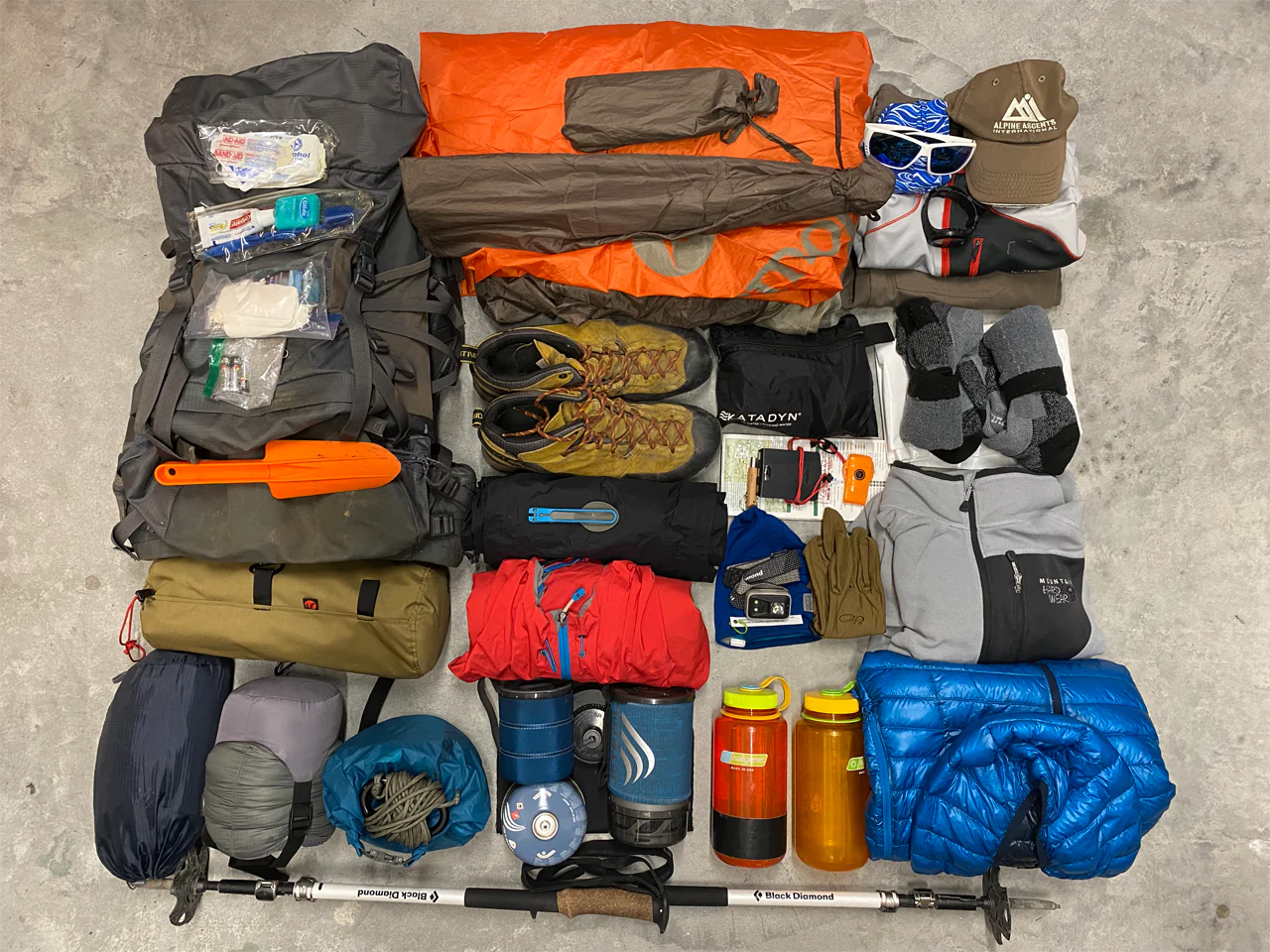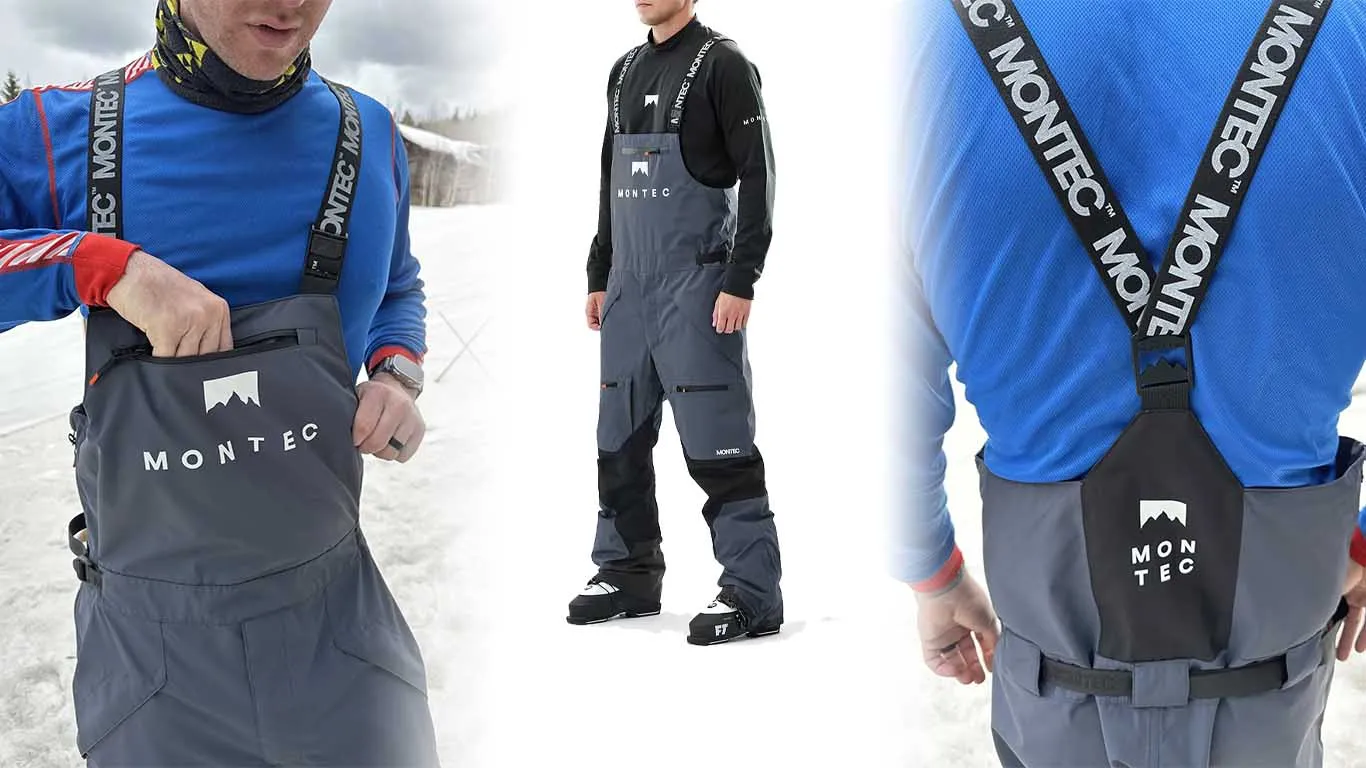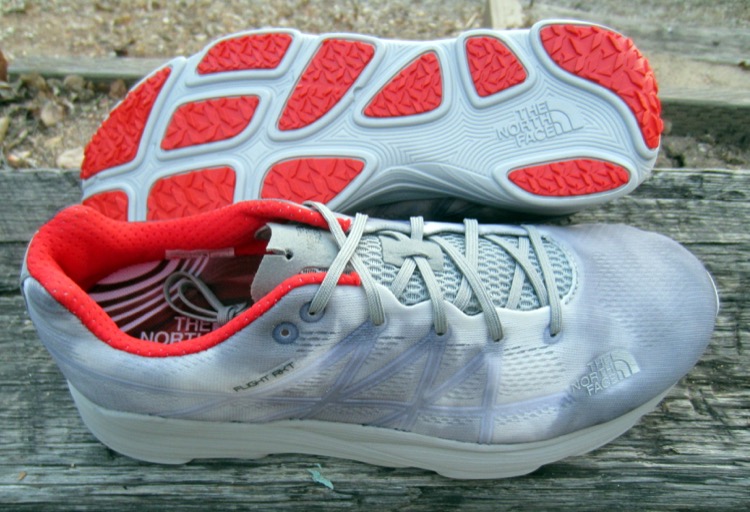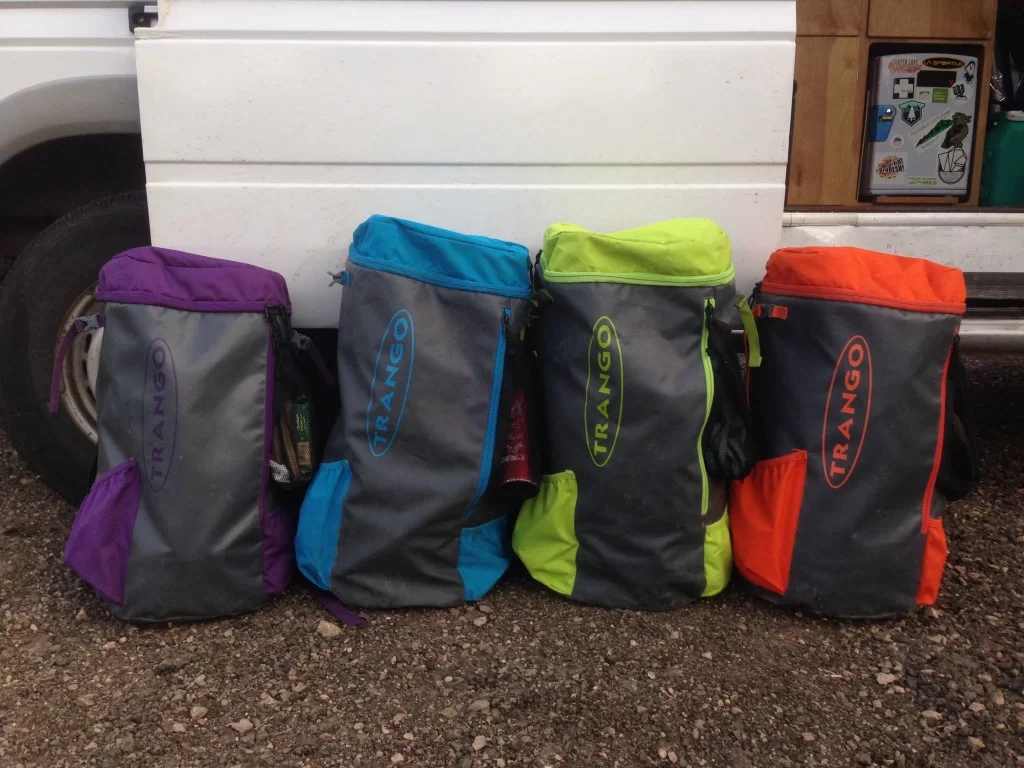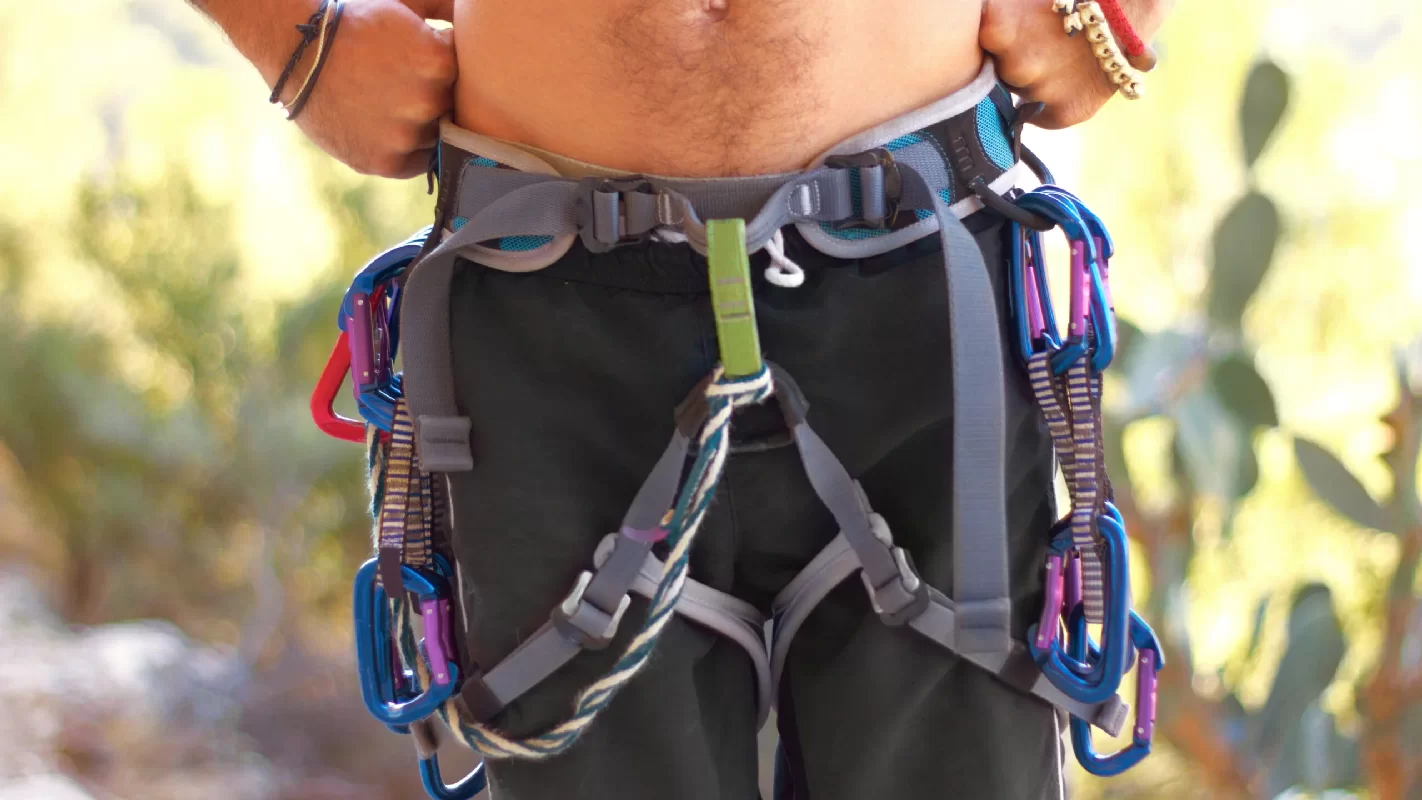Venturing into the backcountry offers a unique opportunity to disconnect from the hustle of daily life and immerse yourself in nature. However, to ensure a safe and enjoyable experience, having the right gear is essential. This guide will outline the must-have equipment for your off-grid adventures, from shelter to safety essentials, helping you prepare for whatever the wilderness has in store.
1. Shelter: The Foundation of Your Adventure
When heading into the backcountry, your choice of shelter is paramount. The right shelter protects you from the elements and provides a comfortable space to rest and recharge.
a. Tent
A lightweight, durable tent is essential for any camping trip. Look for features such as:
- Weight: For backcountry trips, aim for a tent that weighs between 2 to 4 pounds.
- Weather Resistance: Ensure it has a waterproof rainfly and good ventilation to manage condensation.
- Easy Setup: Quick and straightforward setup is vital, especially in bad weather.
b. Tarp or Bivy Sack
In addition to a tent, consider bringing a tarp for extra protection or a bivy sack for minimalist sleeping arrangements. Tarps can provide a versatile shelter option, while bivy sacks offer a lightweight alternative for sleeping under the stars.
2. Sleeping System: Comfort Under the Stars
A good night’s sleep is crucial for enjoying your backcountry experience. Your sleeping system should include a sleeping bag, sleeping pad, and possibly a liner.
a. Sleeping Bag
Choose a sleeping bag suited to the climate and season:
- Temperature Rating: Look for a bag rated for the lowest temperatures you expect.
- Insulation Type: Down insulation is lightweight and compressible but less effective when wet. Synthetic insulation performs better in damp conditions.
- Shape: Mummy bags offer better heat retention, while rectangular bags provide more room to move.
b. Sleeping Pad
A sleeping pad adds comfort and insulation from the cold ground. Look for:
- Thickness: Aim for a thickness of at least 1 inch for comfort and insulation.
- Weight: Lightweight, inflatable pads are easy to pack and offer good support.
- R-Value: This indicates insulation efficiency; the higher the R-value, the warmer you’ll be.
3. Cooking Gear: Fueling Your Adventure
A reliable cooking system is essential for preparing meals in the backcountry. Consider the following items:
a. Camp Stove
A lightweight camp stove is crucial for cooking. Look for:
- Fuel Type: Canister stoves are popular for their efficiency and ease of use, while multi-fuel stoves offer versatility.
- Weight: Aim for a stove that weighs less than 1 pound for easy transport.
- Boiling Time: Choose a stove that can boil water quickly, as this is often essential for meal preparation.
b. Cookware
Pack lightweight cookware, including a pot and pan, that can handle your meal needs. Look for:
- Material: Aluminum is lightweight and conducts heat well, while titanium is more durable but often more expensive.
- Nestability: Choose cookware that nests together for compact packing.
c. Utensils and Food Storage
Don’t forget utensils, a cutting board, and a lightweight food storage solution. Consider:
- Reusable Utensils: Opt for lightweight forks, spoons, and knives that can withstand outdoor use.
- Food Bags: Bring resealable bags or containers to keep food fresh and organized.
4. Navigation Tools: Finding Your Way
In the backcountry, reliable navigation tools are essential for safety. Consider bringing:
a. Map and Compass
Even in the digital age, traditional navigation tools are vital. A detailed topographic map and a reliable compass will help you stay oriented, especially when GPS fails.
b. GPS Device
A handheld GPS device can be helpful for tracking your route and waypoints. Ensure it is rugged, waterproof, and has a long battery life.
c. Smartphone Apps
Download offline maps and navigation apps that work without cell service. Apps like Gaia GPS or AllTrails can be invaluable for planning and navigating your route.
5. Clothing: Dressing for the Elements
Proper clothing is crucial for staying comfortable in unpredictable weather conditions. Consider the following layers:
a. Base Layer
Your base layer should wick moisture away from your skin. Opt for materials like merino wool or synthetic fabrics that provide insulation without bulk.
b. Insulation Layer
A lightweight fleece or down jacket can provide warmth when temperatures drop. Look for packable options that can easily be stowed when not in use.
c. Outer Layer
A waterproof and windproof shell is essential for protecting you from rain and wind. Look for features like adjustable hoods, ventilation zippers, and pockets for convenience.
d. Footwear
Choose sturdy, comfortable hiking boots that provide ankle support and good traction. If you’re hiking in wet conditions, consider waterproof boots or gaiters for added protection.
6. Safety Gear: Prepared for Anything
Safety should always be a priority when venturing into the backcountry. Essential safety gear includes:
a. First Aid Kit
A well-stocked first aid kit can help you manage minor injuries. Include items such as:
- Bandages and gauze
- Antiseptic wipes
- Pain relievers
- Any personal medications
b. Multi-Tool or Knife
A multi-tool or knife is invaluable for various tasks, including food preparation, gear repairs, and emergencies. Look for a durable, lightweight option that fits comfortably in your hand.
c. Firestarter Kit
A firestarter kit is essential for warmth, cooking, and signaling for help. Include waterproof matches, a lighter, and fire-starting materials like tinder or firestarter cubes.
d. Emergency Whistle
An emergency whistle can be a lifesaver if you get lost or need to signal for help. It’s lightweight and easy to carry.
7. Hydration: Staying Refreshed
Staying hydrated is crucial for maintaining energy levels and overall health while in the backcountry. Here are some options:
a. Water Bottles or Hydration Reservoirs
Choose BPA-free water bottles or a hydration reservoir that can easily fit in your backpack. Hydration reservoirs allow for hands-free drinking and are convenient on the trail.
b. Water Filtration System
A reliable water filtration system is essential for purifying water from natural sources. Look for lightweight options like filter straws, pump filters, or gravity filters that are easy to use and transport.
8. Food: Fuel for Your Journey
Planning your meals is essential for energy on the trail. Consider lightweight, high-calorie options that are easy to prepare, such as:
- Dehydrated Meals: These are lightweight and require only boiling water to prepare.
- Trail Mix: A mix of nuts, seeds, and dried fruits provides energy and is easy to carry.
- Energy Bars: Convenient and packed with nutrients, energy bars are great for quick snacks.
9. Pack: Carrying It All
A quality backpack is essential for carrying all your gear. Consider the following features:
a. Capacity
Choose a backpack with a capacity that suits the length of your trip. Daypacks typically range from 20 to 40 liters, while multi-day backpacks can range from 50 to 80 liters.
b. Fit and Comfort
Ensure the backpack fits comfortably and has adjustable straps and a padded hip belt to distribute weight evenly.
c. Organization
Look for multiple compartments and pockets to keep your gear organized and easily accessible.
10. Leave No Trace Principles
As you prepare for your backcountry adventure, remember to respect nature by following Leave No Trace principles:
- Plan ahead and prepare
- Travel and camp on durable surfaces
- Dispose of waste properly
- Leave what you find
- Minimize campfire impact
- Respect wildlife
- Be considerate of other visitors
Conclusion
Embarking on a backcountry adventure can be one of the most fulfilling experiences, providing a unique opportunity to connect with nature. By equipping yourself with the right gear and knowledge, you can ensure a safe and enjoyable journey. From shelter and cooking gear to navigation tools and safety essentials, being prepared is the key to making the most of your off-grid experience. Happy adventuring!

